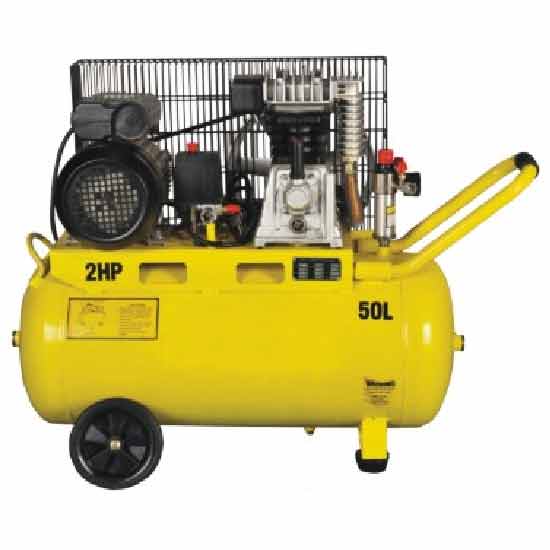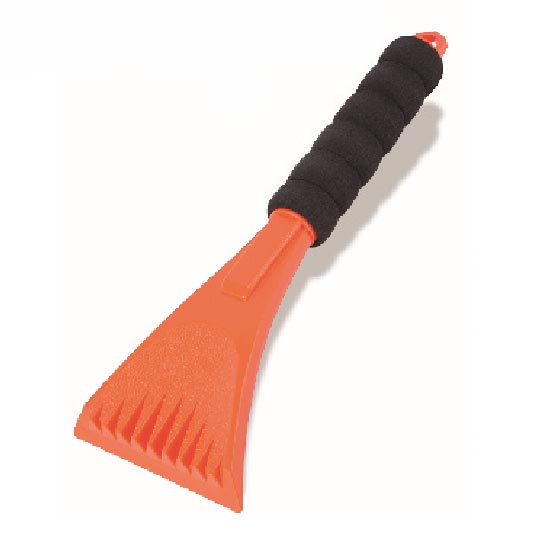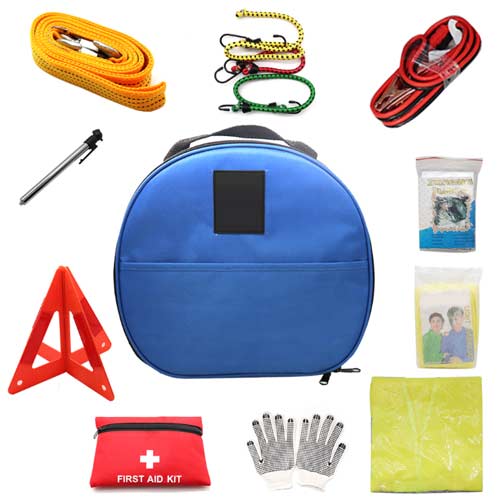Choosing the best tool cabinet is crucial for organizing and storing your tools efficiently, whether you’re a DIY enthusiast, a professional mechanic, or a hobbyist. The right tool cabinet not only helps keep your tools safe and easily accessible, but it also contributes to a more productive and organized workspace. In this guide, we’ll walk you through the key factors to consider when selecting the best tool cabinet for your needs.
Before purchasing a tool cabinet, it’s important to assess your specific tool storage requirements. Think about the types of tools you need to store, how often you access them, and how much space you have available in your workshop or garage. Understanding these needs will help you choose a cabinet that suits your tools and storage habits.
The type and size of your tools will largely determine the kind of cabinet you need. Larger tools, such as power tools or heavy-duty equipment, may require a tool cabinet with deeper or wider drawers. Smaller hand tools, such as wrenches, screwdrivers, and pliers, can be stored in a cabinet with smaller, more organized compartments. Consider the types of tools you have and whether they require specialized storage, such as trays, dividers, or pegboards.
If you use your tools frequently, you’ll need a tool cabinet that allows for quick access. Cabinets with shallow drawers or open shelving may be a better choice for tools you need to grab quickly. For tools that are used less often, deeper drawers or cabinets with lockable doors can offer more protection and organization.
The material of the tool cabinet is a key factor in determining its durability, stability, and overall quality. The material you choose will depend on your storage needs, the weight of your tools, and the conditions in which the cabinet will be used.
Steel is the most common and durable material for tool cabinets. It offers strength, security, and the ability to handle heavy tools. Steel cabinets are highly resistant to wear and tear, dents, and scratches, making them ideal for workshop environments. They also tend to have a higher weight capacity, making them perfect for storing heavier tools. Look for cabinets made from high-quality steel with powder-coated finishes for added protection against rust and corrosion.
Plastic cabinets are lighter and often more affordable than steel options. While they may not offer the same level of durability or weight capacity, they are an excellent choice for lighter, less bulky tools. Plastic tool cabinets are ideal for home use, small DIY projects, or for storing small hand tools. They are also corrosion-resistant and typically require less maintenance.
Tool cabinets come in various configurations and features that can help you stay organized. Depending on your needs, you may require specific features such as adjustable shelving, locking mechanisms, or mobility options.
The drawer layout of a tool cabinet is essential for efficient organization. Cabinets with a variety of drawer sizes allow you to store tools of different dimensions. Shallow drawers are perfect for small hand tools, fasteners, and accessories, while deeper drawers can accommodate larger tools like power drills or saws. Make sure to choose a cabinet with drawers that fit your tools and allow you to organize them without overcrowding.
If security is a concern, look for a tool cabinet with a locking mechanism. This feature is especially important if you’re storing valuable tools or working in a shared or public space. Some tool cabinets come with a central locking system that secures all drawers with a single key, while others may offer individual locks on each drawer for added security.
If you need to move your tools around frequently, opt for a tool cabinet with wheels or casters. Cabinets with heavy-duty wheels can be easily rolled around your workshop or garage, making them ideal for mobile workstations. Some cabinets even feature locking wheels to keep the cabinet in place when not in use.
When selecting a tool cabinet, consider the overall size of the unit in relation to the space available in your workshop or garage. Tool cabinets come in a variety of sizes, from compact units to large, multi-drawer systems. Measure the area where you intend to place the cabinet to ensure it will fit comfortably while still providing enough storage space for your tools.
If you have limited space, a compact or modular tool cabinet might be the best option. These smaller cabinets can store a variety of tools without taking up too much room. Many compact cabinets feature stackable designs, allowing you to add more units as your tool collection grows.
If you have a large collection of tools or need to store heavy-duty equipment, consider a larger, more robust tool cabinet. Large cabinets typically offer more storage options, such as deeper drawers, multiple shelves, and additional space for bulky items. These cabinets are often equipped with reinforced frames and offer a higher weight capacity for more demanding storage needs.
Tool cabinets come in a wide price range, from affordable models to high-end, professional-grade units. It’s important to strike a balance between your budget and the quality of the cabinet. While it’s tempting to opt for the cheapest option, investing in a high-quality cabinet will pay off in terms of durability, security, and organization. Be sure to compare the features, material, and construction quality of different models to find the best value for your money.
Low-end tool cabinets are generally made from lightweight materials, such as plastic or thin metal, and may offer basic storage features. They are suitable for light-duty use and smaller collections of tools. While they may not be as durable as higher-end models, they are more affordable and can be a good option for hobbyists or casual DIYers.
High-end tool cabinets are built for heavy-duty use and typically feature durable materials, such as heavy-gauge steel, advanced locking systems, and smooth-gliding drawers. These cabinets are often found in professional workshops and industrial environments where tool storage needs to withstand constant use. While they may come with a higher upfront cost, the durability and longevity make them a worthwhile investment for serious tool users.
When purchasing a tool cabinet, it’s a good idea to research customer reviews and ratings to get a sense of the product’s quality and reliability. Reviews can provide insight into the cabinet’s durability, ease of use, and assembly process. Additionally, consider choosing a well-known brand with a reputation for producing high-quality, long-lasting storage solutions.
Choosing the best tool cabinet depends on your specific needs, the size of your tool collection, and the amount of space you have available. Whether you're looking for a compact, budget-friendly option or a large, professional-grade cabinet, it's essential to consider factors such as material, storage features, durability, and security. By assessing your tool storage requirements and carefully comparing different models, you can find the perfect tool cabinet to keep your workspace organized and efficient for years to come.
 Tool seat
Tool seat
 Stretch Cord
Stretch Cord
 Oil Pump
Oil Pump
 Sandblast Pot
Sandblast Pot
 2.25 Ton Hydraulic Floor Jack
2.25 Ton Hydraulic Floor Jack
 Magnetic Tray With Tool Plate
Magnetic Tray With Tool Plate
 Single-stage Air-cool Movable Air Compressor
Single-stage Air-cool Movable Air Compressor
 10W Rechargeable Led Flood Light
10W Rechargeable Led Flood Light
 Ice Scraper
Ice Scraper
 Small Multimeter with Backlight
Small Multimeter with Backlight
 Jump Starter With 4 Led Lights
Jump Starter With 4 Led Lights
 Steel Tool Cabinet
Steel Tool Cabinet
 Large Tool Cabinet
Large Tool Cabinet
 Tool Storage Cabinet
Tool Storage Cabinet
 Metal Tool Box
Metal Tool Box
 Large Metal Tool Storage Box
Large Metal Tool Storage Box
 Blue Metal Tool Cabinet
Blue Metal Tool Cabinet
 Red Steel Tool Trolley
Red Steel Tool Trolley
 Portable Tire Inflator
Portable Tire Inflator
 Custom Tire Inflator
Custom Tire Inflator
 Tire Pressure Pump
Tire Pressure Pump
 Auto Emergency kit
Auto Emergency kit